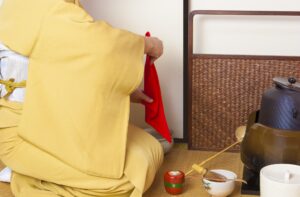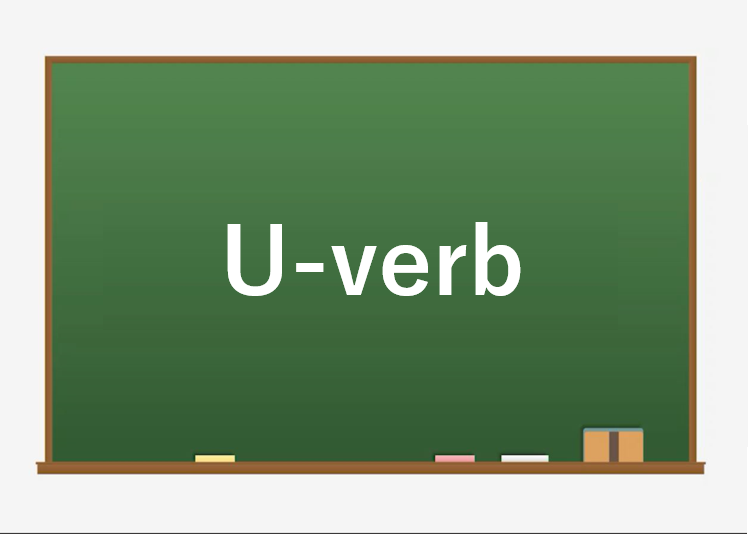U-verb conjugation are summarized in the table.
Example:
yomu(read)
よむ
nomu(drink)
のむ
kiku(listen)
きく
kiru(cut)
きる
-u verbs are formed by adding – u to the end.
The u verb works in the same way as the ru verb. u verbs do not necessarily end with the hiragana “u”. Since the last vowel must be “u,” the last hiragana must be either “ku,” “su,” “tsu,” “nu,” or “ru. The distinction between u and ru verbs is simple.
All verbs ending in u are u verbs except those ending in ru.
However, some u verbs also end in ru. the way to distinguish between verbs ending in ru and u verbs is to look at the vowel before the ending ru. if there is an i or e before ru, it is a ru verb. if there is another vowel before ru, the verb is an uverb. if there is an i or e before ru, it is an uverb. if there is an e before ru, it is an uverb.
If you have any questions, ask them for free! ➡ Japanese Question Form
KEY:
We have 3 kinds of verbs in Japanese. Dictionary form changes to different forms depending on which verbs.
日本語には3種類の動詞があります。どの動詞を使うかによって、辞書の形が変わります。

Frequently Asked Questions

What dose A-Un 阿吽 mean in Japanese?
It is often said that what foreigners do not understand about Japanese people is their ambiguous expressions. Among them, there

Unraveling the Mysteries of Fujin and Raijin: The Wind and Thunder Gods of Japan
When you hear the words “Wind God and Thunder God,” what comes to mind is the image of a folding

Common Japanese Slang
When conversing or on line with Japanese people, you may encounter words that you just can’t figure out what they

Meaning and Usage of Omotenashi
In Japan, the culture of “omotenashi,” or the spirit of respect for others, has taken root since ancient times. You






